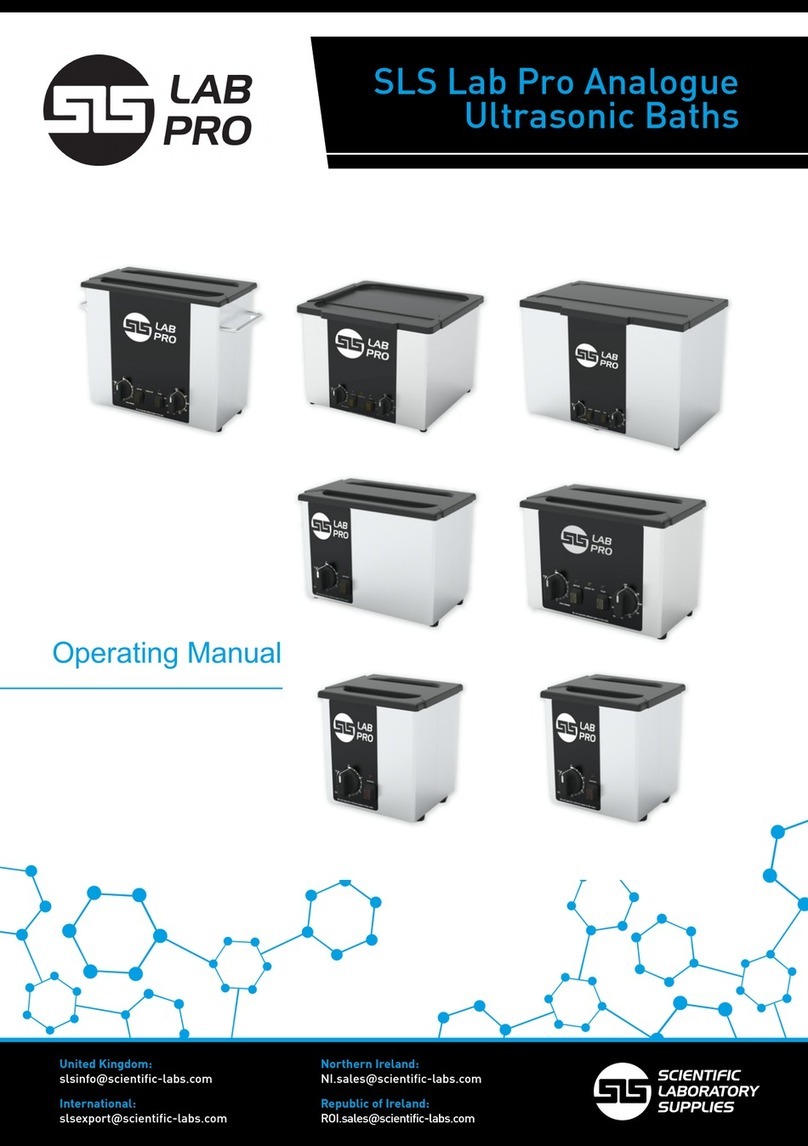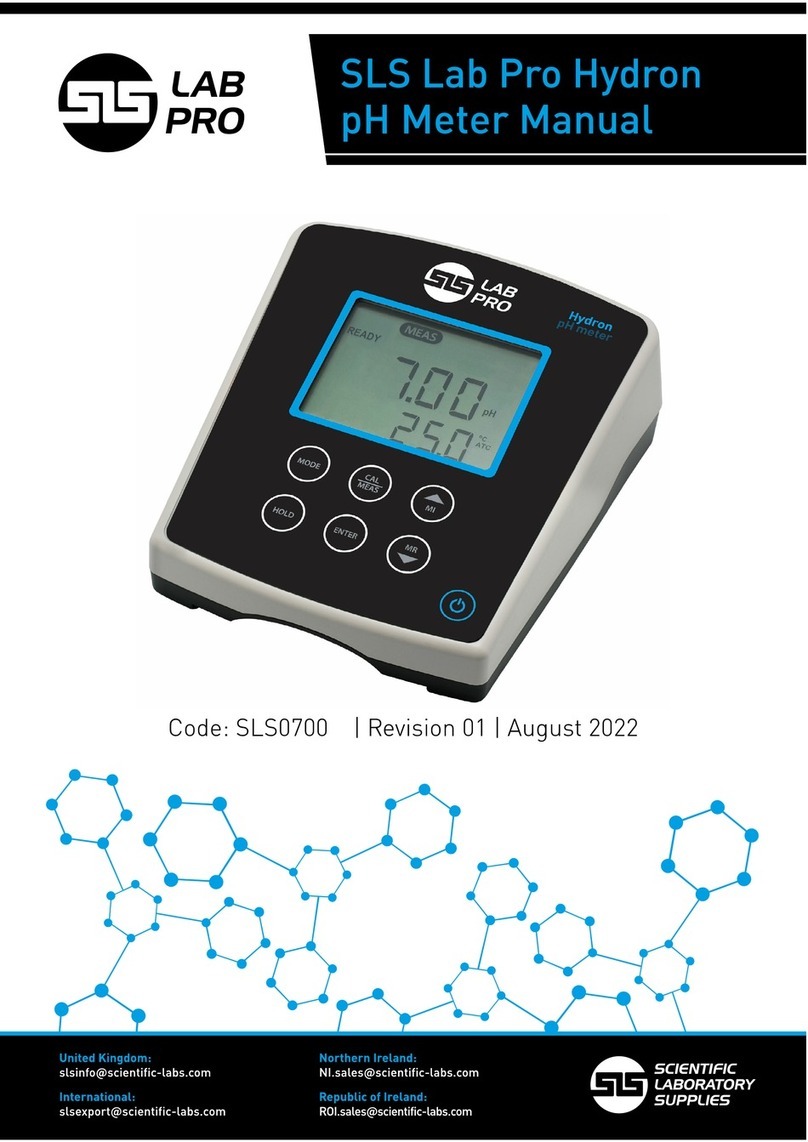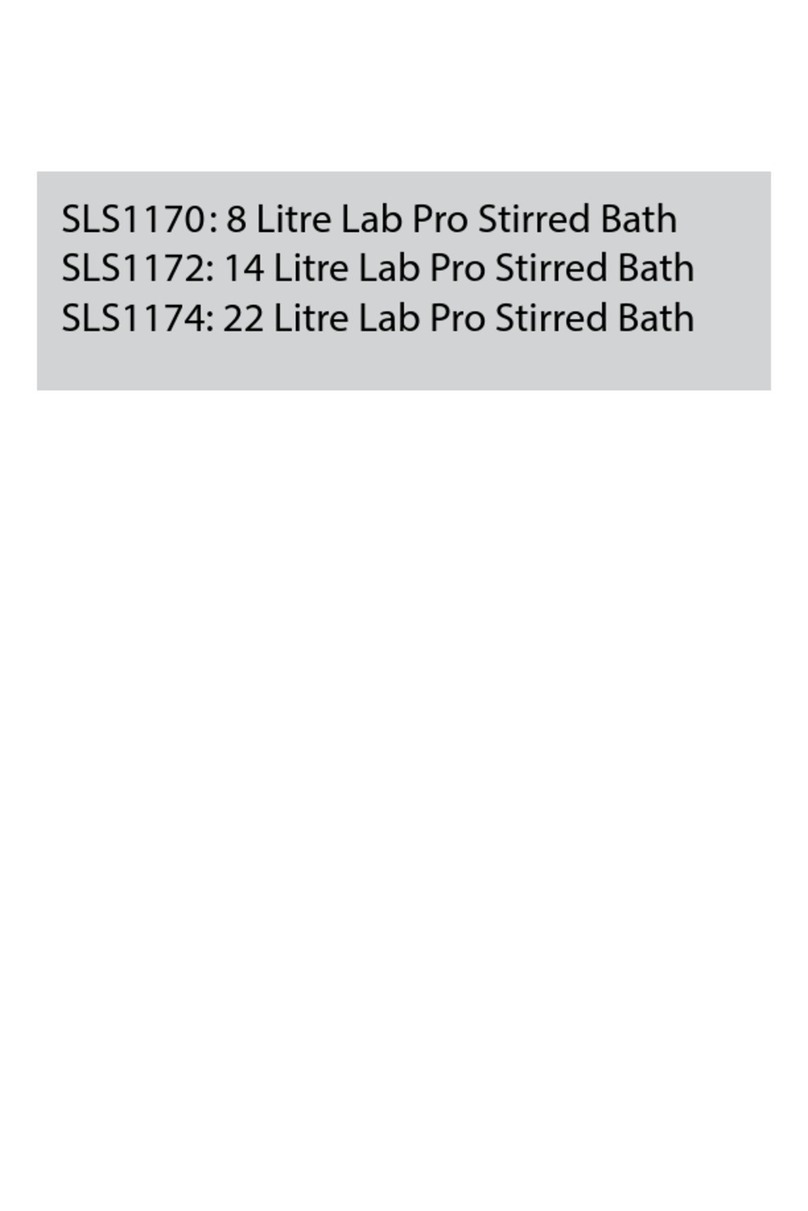iii
Chapter 1: System Familiarization
and Assembly
Placement in the Laboratory ...................... 1
Electrical Considerations ........................... 1
Current Requirements ............................ 2
Fuse Replacement .................................. 2
Connecting Power ..................................... 3
System Overview ....................................... 3
Hardware Familiarization ....................... 3
Software Familiarization ......................... 5
Tube Routing ............................................. 6
Color Coding ......................................... 6
Connecting the Waste Removal System . . 8
Connecting the Wash System ................. 8
Inserting Tubing Into the Solenoid Valves. 9
Checking for Leaks ............................... 10
Using a Second Delivery Container ...... 10
Cleaning the Blot Washer After Use ......... 12
Cleaning Tubing and Containers ........... 12
Discarding Waste and Replacing Wash
Buffer ................................................... 13
Cleaning the Exterior Surface ............... 13
Chapter 2: Creating and Running
Programs
Keys You Should Be Familiar With ........... 15
Powering On the Blot Washer .................. 15
Selecting the Program Number to Edit
or Run ..................................................... 16
Editing a Program .................................... 16
Starting a Program ................................... 22
Pausing a Program ................................... 23
Stopping a Program ................................. 23
Using the Quad Harness .......................... 23
Scaling Up or Back .............................. 26
Default Program Descriptions .................. 26
Chapter 3: Calibration
Keys You Should Be Familiar With ........... 29
Checking System Pressure ....................... 30
Calibrating Dispense Volume ................... 30
Setting the Aspiration Vacuum Factor ....... 31
Chapter 4: Appendices
Accessory Part Numbers .......................... 33
Specifications .......................................... 33
Declaration of Conformity ....................... 35
Table of Contents

































